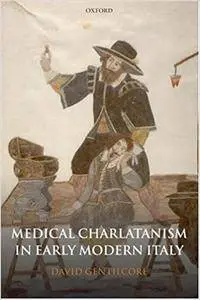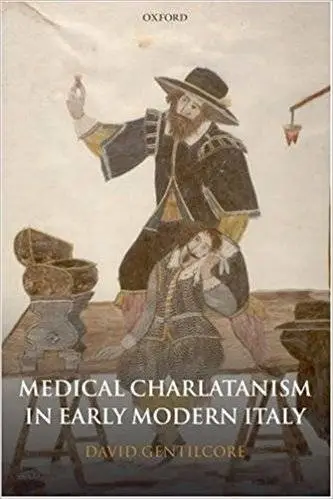David Gentilcore, "Medical Charlatanism in Early Modern Italy"
English | ISBN: 0397448368, 0199245355 | 2006 | 444 pages | PDF | 6 MB
English | ISBN: 0397448368, 0199245355 | 2006 | 444 pages | PDF | 6 MB
From the mid-sixteenth century onwards, the Italian Protomedicato tribunals, Colleges of Physicians, or Health Offices (jurisdiction varied from state to state) required charlatans to submit their wares for inspection and, upon approval, pay a licence fee in order to set up a stage from which to perform and sell them. The licensing of charlatans became an administrative routine. As far as the medical magistracies were concerned, charlatans had a defineable identity, constituting a specific trade or occupation.
This book studies the way charlatans were represented, by contemporaries and by historians, how they saw themselves and, most importantly, it reconstructs the place of charlatans in early modern Italy. It explores the goods and services charlatans provided, their dealings with the public and their marketing strategies. It does so from a range of perspectives: social, cultural, economic, political, geographical, biographical and, of course, medical. Charlatans are not just some curiosity on the fringes of medicine: they offered health care to an extraordinarily wide sector of the population. Moreover, from their origins in Renaissance Italy, the Italian ciarlatano was the prototype for itinerant medical practitioners throughout Europe.
This book offers a different look at charlatans. It is the first to take seriously the licences issued to charlatans in the Italian states, compiling them into a 'charlatans database' of over 1,300 charlatans active throughout Italy over the course of some three centuries. In addition, it makes use of other types of archival documents, such as trial records and wills, to give the charlatans a human face, as well as a wide range of artistic and printed sources, not forgetting the output of the charlatans themselves, in the form of handbills and pamphlets.



